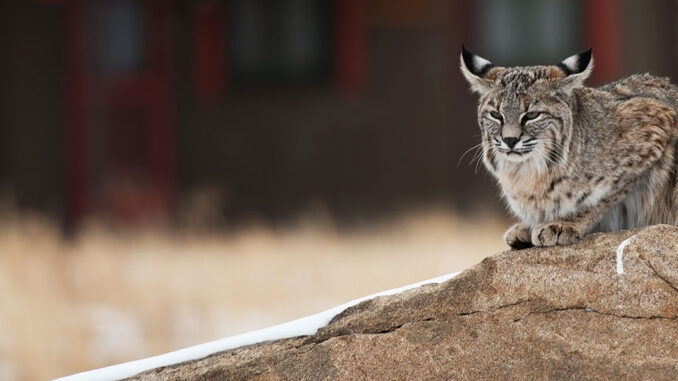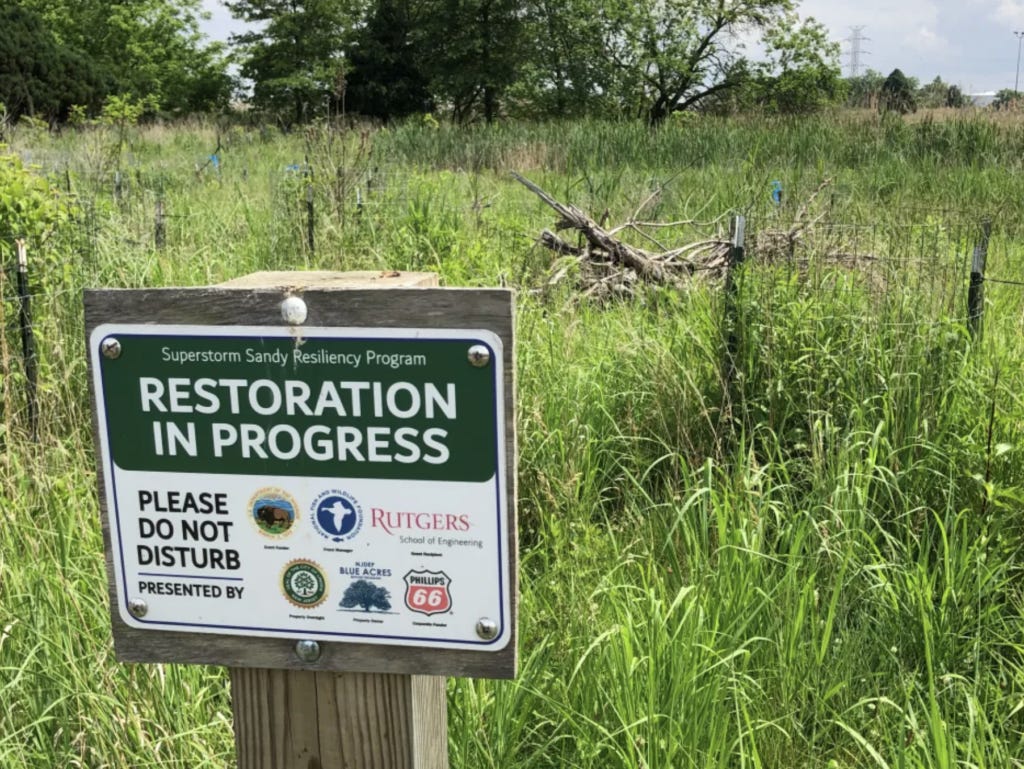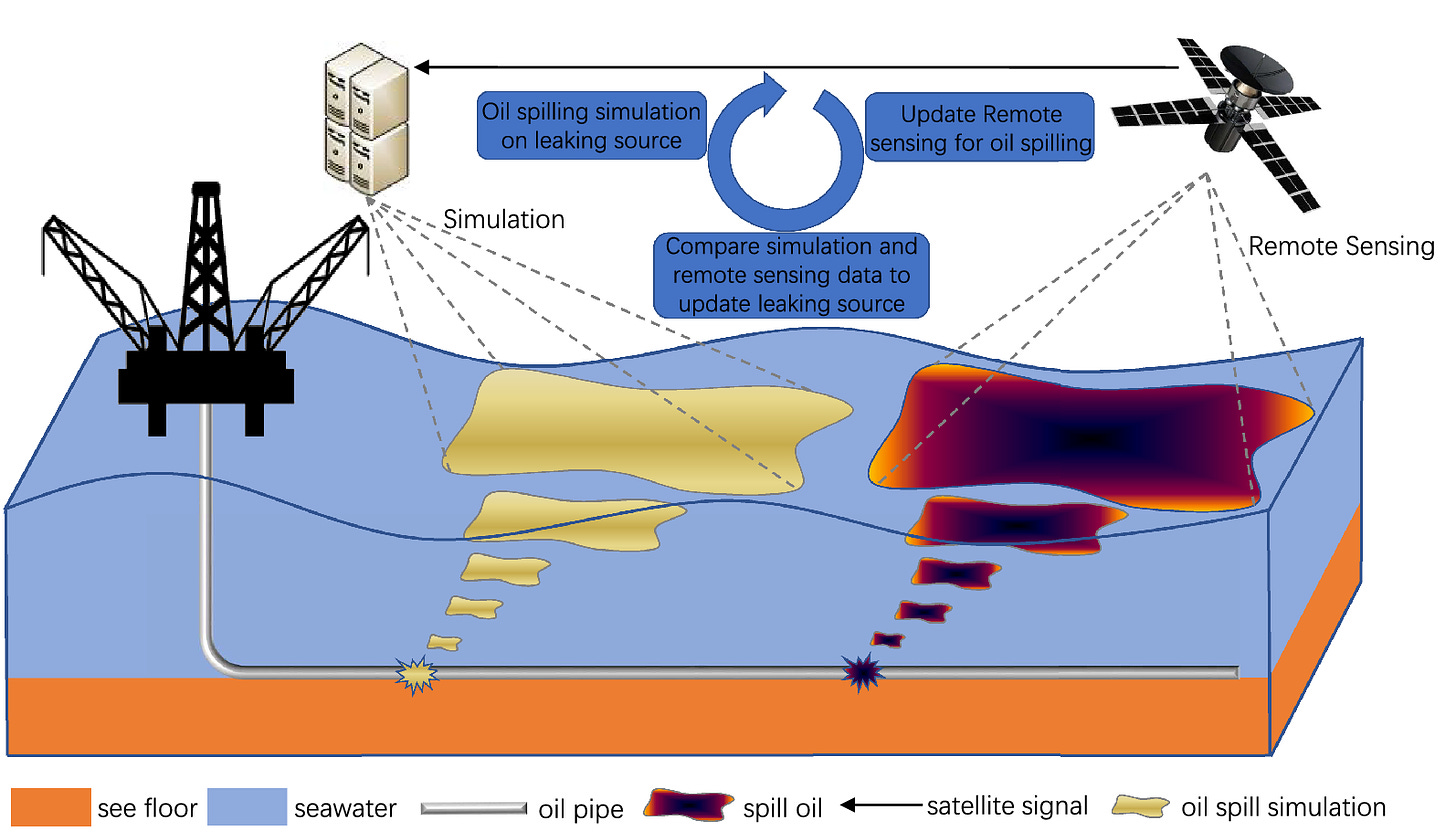
In the vast expanse of debates surrounding environmental conservation and resource extraction, the oil and gas industry often finds itself in the crosshairs.
It’s easy to cast it as the villain, responsible for environmental degradation and habitat destruction. However, there’s a lesser-known story to be told – one that reveals the industry’s surprising role as a contributor to hunting and wildlife conservation.
Hunting as a Conservation Tool:
Hunting is more than a recreational pastime; it’s an essential conservation tool. Through the practice of sustainable hunting, wildlife populations can be managed effectively, ensuring healthy ecosystems and flourishing biodiversity.
This principle is ingrained in conservation strategies worldwide, and the oil and gas industry plays a significant role in supporting these initiatives.
Funding through Conservation Taxes:
One of the primary ways the oil and gas industry contributes to wildlife conservation is through its financial support.
The Pittman-Robertson Act and the Dingell-Johnson Act, both funded by excise taxes on firearms, ammunition, and fishing and boating equipment, generate substantial revenues for wildlife conservation efforts in the United States.
Surprisingly, the oil and gas industry indirectly contributes to these funds since its operations often require significant transportation and machinery, further fueling these taxes.

Habitat Restoration and Preservation:
Oil and gas companies are not just paying into conservation efforts; they are also actively involved in habitat restoration and preservation. Many companies have adopted responsible land management practices that include reclamation and restoration efforts after resource extraction.
This process can have long-lasting benefits for wildlife, as reclaimed land can become prime habitat for various species.
Public-Private Partnerships:
The oil and gas industry often engages in partnerships with conservation organizations and government agencies to support conservation efforts. These collaborations facilitate research, habitat management, and the development of sustainable practices.
By working together, they can achieve more significant strides in protecting wildlife.

Technology and Innovation:
The industry’s technological advancements have also inadvertently benefited wildlife conservation.
Remote sensing technology, originally developed for resource exploration, is now used to monitor wildlife populations and track migratory patterns. These tools provide valuable data for conservationists, enabling them to make informed decisions about habitat preservation and management.
Challenges and Criticisms:
While the oil and gas industry’s contributions to wildlife conservation are commendable, challenges and criticisms persist.
Environmental concerns surrounding resource extraction still pose significant threats to ecosystems. Striking a balance between resource extraction and conservation efforts remains an ongoing challenge, requiring continuous monitoring and regulation.
Conclusion:
The oil and gas industry, often seen as an environmental adversary, is a surprising ally in the world of wildlife conservation.
Through financial support, habitat restoration, partnerships, and technological innovations, it actively contributes to the preservation of our planet’s diverse fauna.
While challenges remain, it’s essential to recognize that responsible resource extraction can coexist with wildlife conservation efforts, forging a path toward a sustainable future where both industry and nature thrive.


